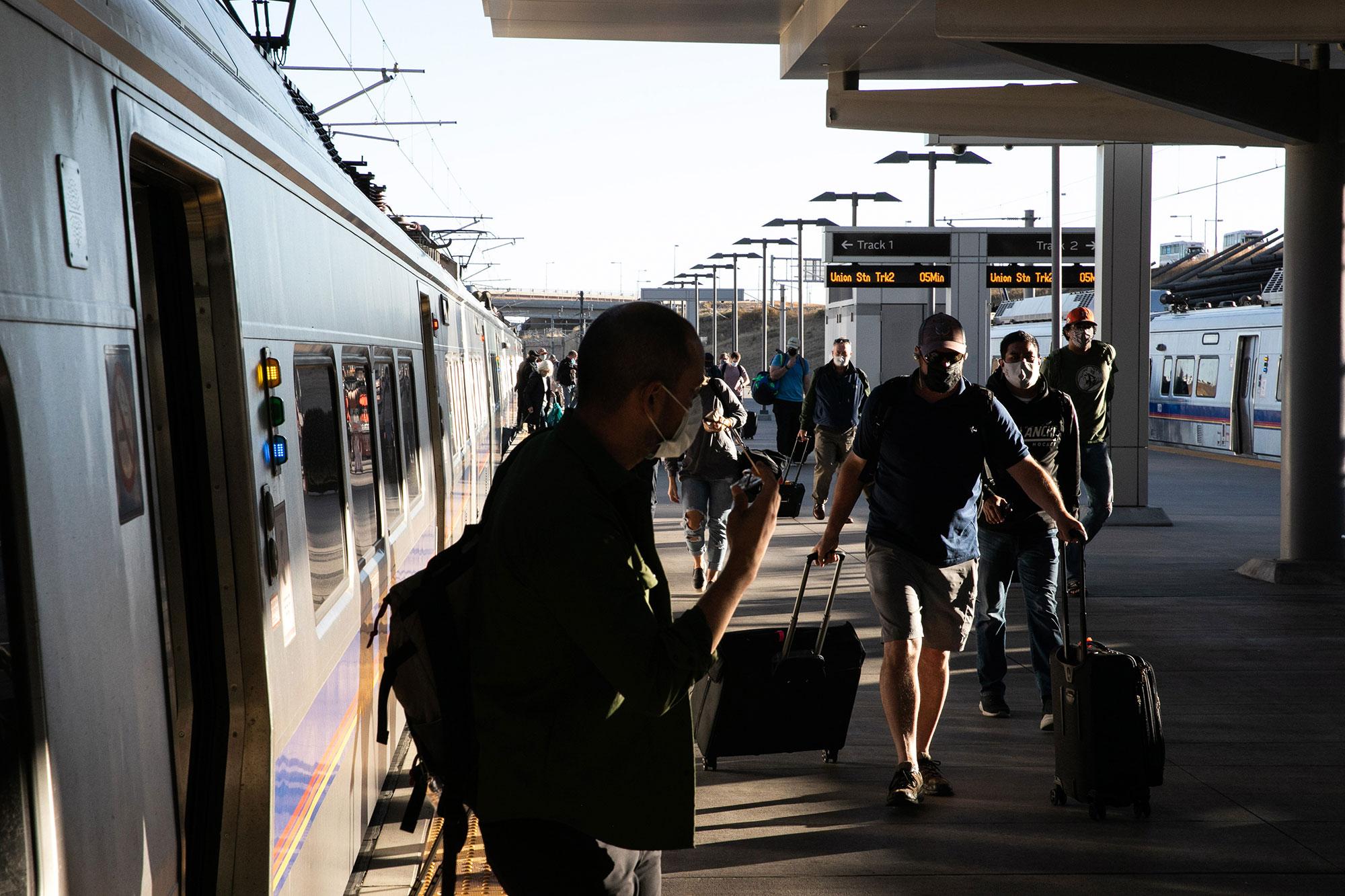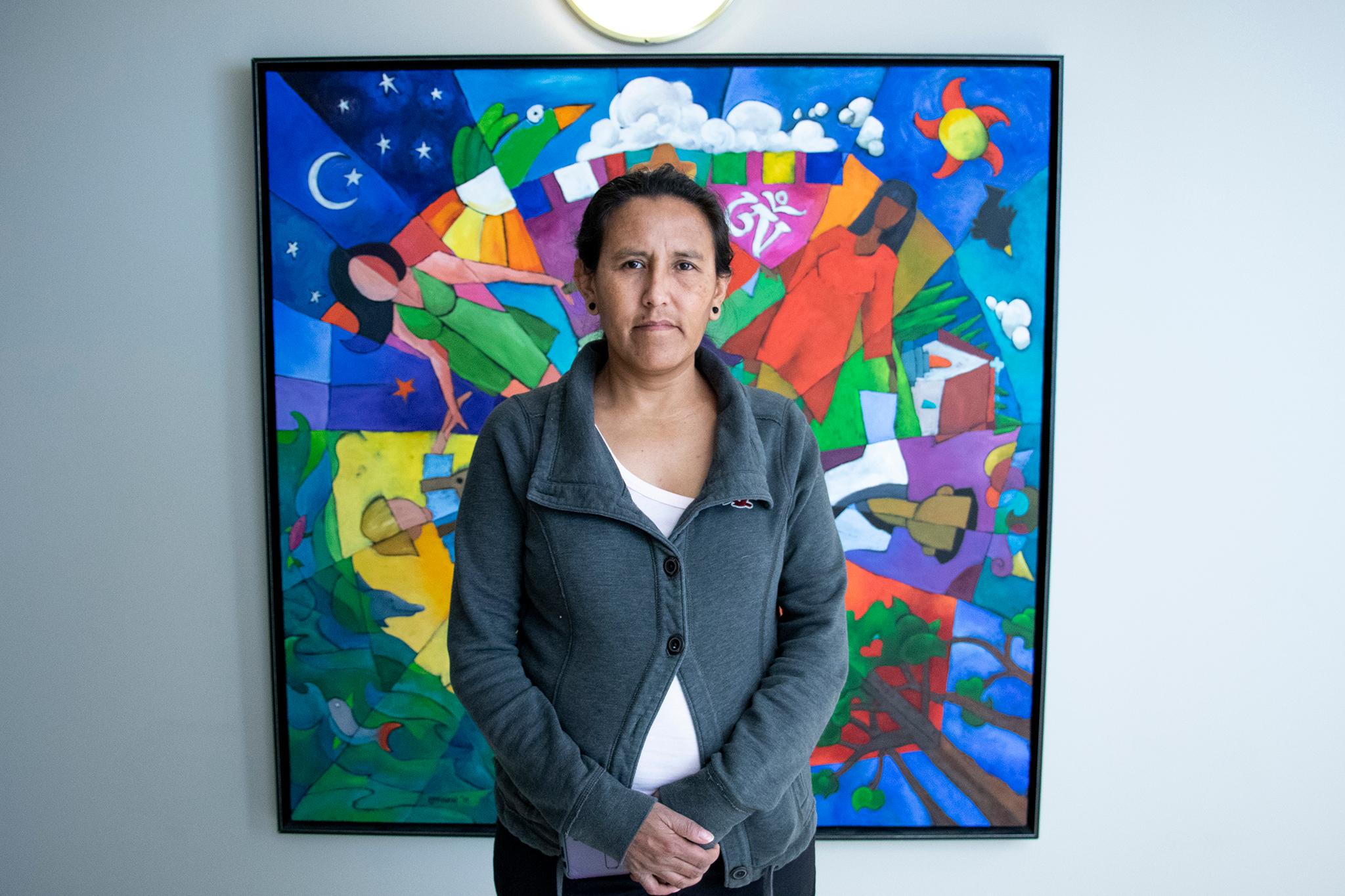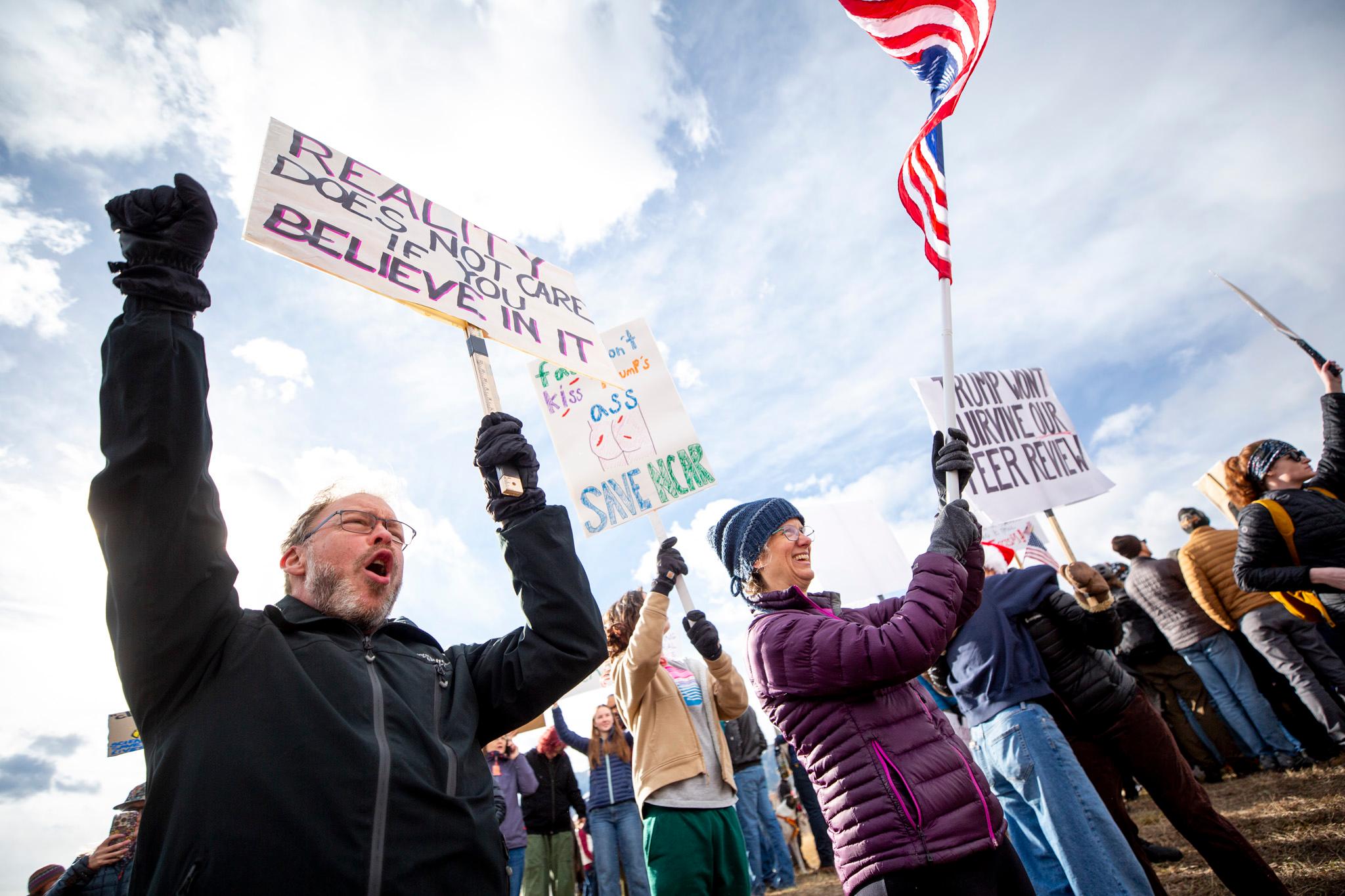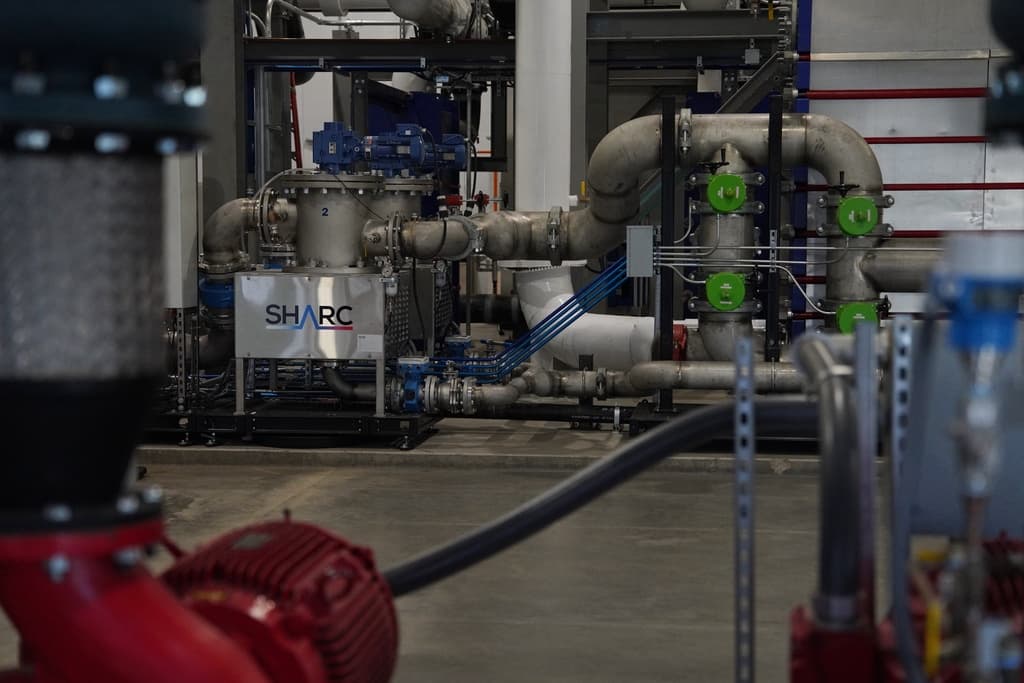
All of the Regional Transportation District’s services — its buses, trains, and Access-a-Ride shuttles — will be free all August long. So will rides on 30 other public transit agencies’ buses across the state.
State government is picking up most of the tab for the free rides, including RTD’s “Zero Fare for Better Air” initiative, courtesy of legislators trying to push Coloradans out of their polluting cars during ozone season.
And while RTD’s own history suggests that free transit won’t be a cure-all for the region’s dirty air, backers of the initiative hope free fares will attract new riders like David Bledsoe of Denver’s Central Park neighborhood. He recently started a new job that’s a 45-minute drive away in the south metro and plans on taking the R Line to the office next week.
“The time frame, obviously, is probably not going to be less,” he said of the train ride. “But if it’s enough of a benefit to me I might consider doing that on a more regular basis — even past the free-fare [month].”
Climate and accessibility advocates hope there are enough people like Bledsoe to build more goodwill in the community toward RTD — and, eventually, more state funding and more robust service.
If you're one of those new riders, or you haven't been on transit in a while, we've collected some tips and tricks from Coloradans to make your trip as smooth as possible.
1. Know the basics
Buses stop at shelters or stations marked with an RTD sign. Stand under that sign and the bus will swing over and open its front door. Once you’re on board, walk right past the fare collection box and grab a seat or stand in the aisle. If you’re standing, hold on to a handrail or strap.
Also, some transit etiquette: Don’t put your bag on the seat next to you. Keep your feet off the seats. Wear headphones. Give your seat up to the elderly or disabled.
When your stop is approaching, look for the yellow cord and give it a yank to tell the driver you’re ready to get off. Exit from the rear door unless you need the ramp, so that other passengers can board faster.
Trains are a little bit easier — they stop at every station.
2. Know where you’re going and figure out how to get there
One Twitter user had some very practical advice for new transit riders: “Just mind your own business. Know where you’re going, pay attention to where you are, and just keep to yourself.”
Phone-based trip planners make that much easier than the old paper maps, though RTD still makes those. Google Maps and RTD’s website are solid options. My personal go-to is the Transit App, which uses real-time info from RTD to show the exact location of your next bus or train. It also has a robust trip planner and works in more than 200 cities around the globe.
Also: If you’re going out in the evening, check to see how late buses or trains run, or you might be paying for a Lyft ride home.
3. Stay up-to-date on last-minute changes
RTD’s ongoing staffing problems have made service less reliable. The above-mentioned Transit App will show any last-minute cancellations or other interruptions that can help you avoid standing at the station any longer than you need to. You can sign up for text message alerts for your favorite routes directly from RTD, too.
4. Get more places with your bike
RTD’s rail lines cover a lot of ground, but they can be hard to get to without a car. And yes, most rail stations have copious amounts of parking — but riding your bicycle to the train is definitely more in line with the clean air spirit of the free-fare month. As this video shows, getting your bike on board isn’t as intimidating as you might think.
Ebikes still aren’t allowed on RTD vehicles, though officials said this week that a change to that policy could be coming soon.
5. Stay safe
Safety problems on public transit are quite real. RTD documented nearly 180 assaults or injuries in 2021 and the first two months of 2022, KDVR reported in April. But your experience will likely depend on which route you’re on. For example: Just two lines — the No. 15 and No. 15L lines on East Colfax, which are also among the most heavily used — accounted for more than a third of those reports.
RTD’s Transit Watch app for iOS and Android makes it easy to report any issues you see.
6. Expect an imperfect experience
“I hope all of the buses and trains come on time and everything is a delight, yet the reality is our transit system isn't perfect right now,” tweeted local transit buff Molly McKinley, who’s also the policy director for the Denver Streets Partnership.
She wants riders to tell their elected officials about their experiences — and to thank their driver, too.
“So, expect the imperfect, take action instead of complaining about it on twitter (or at least in addition to), and be a human in one of the few spaces that still really exist where you're so obviously part of a bigger world with other people with so many different experiences,” she wrote.
7. Go explore your city and region
Did you know that you can get to some pretty great hiking trails via RTD and other public transit services? A coalition of Denver-area environmental, progressive and business groups has also put together a list of other destinations reachable by public transit.
More than 30 other public transit agencies across the state are also offering free fares in August, including:
- Durango Transit
- Greeley Evans Transit
- Colorado Springs’ Mountain Metro Transit
- Pueblo Transit
- Fort Collins’ Transfort
Some agencies (though not RTD) are also expanding their services in August, said a press release from the Colorado Association of State Transit Agencies. And Bustang, the state Department of Transportation’s statewide bus service, is offering a 50 percent discount through Sept. 5.
8. Tell me about your ride
You can email me your story or tell me about it on Twitter.









